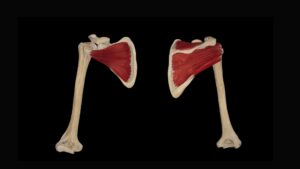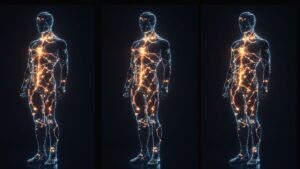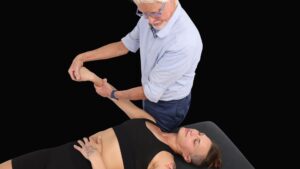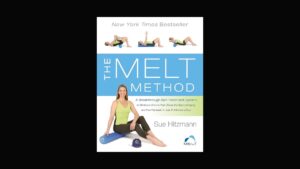Any manual therapist who has been seeing clients for even a brief period of time knows that low back pain is a complaint that comes up time and time again. Not only is pain in this area of the body a frequent issue presented by clients from all walks of life, but it can also be the kind of pain that has a dramatic effect on one’s quality of life. These are two big reasons a professional bodyworker should feel driven to learn to most effective deep tissue massage techniques for dealing with low back pain. After all, the manual therapist who can address the source of low back pain and then provide lasting relief — minus the the pain pills or invasive procedures — will most likely find a large client base in any community. As an added bonus, the ability to alleviate low back pain tends to merit higher fees, which means this kind of hands-on pain management often makes for a lucrative practice.
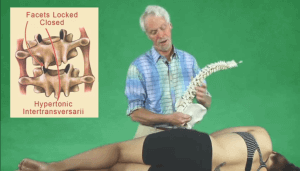
In order to best help your clients with low back pain, a smart first step is to figure out how to address the root of the problem, rather than simply attempting to soothe the symptoms. The latter can be very tempting, as it is the symptoms of low back pain that usually motivate the client to book an appointment in the first place, and it is these symptoms that the client will be complaining about the most. However, in order to offer a solid solution to low back pain, an assessment protocol that can help identify the potential source of the pain can be a crucial part of the bodywork process. Erik Dalton, creator of Myoskeletal Alignment Techniques (MAT), recognizes the importance of proper assessment and teaches his students not to “chase the pain,” but rather to assess and address the issues that may actually be causing this pain.
Easing low back pain with deep tissue massage
In order to offer a solid solution to low back pain, Erik Dalton teaches his students not to “chase the pain,” but rather to assess and address the issues that may actually be causing this pain.
To get a sense of the assess-and-address approach inherent to MAT, you can check out short YouTube clips pulled from the well-rounded catalog of continuing education programs that have been developed by Erik Dalton and his team from the Freedom From Pain Institute. One such clip, “Joint Mobilization and Deep Tissue Massage for Low Back Pain: Tips for Bodyworkers,” specifically shows Dalton teaching his viewers how to perform an easy assessment that will allow them to pinpoint whether the client’s persistent low back pain is being caused by joint dysfunction, in the form of facet joints that won’t open. Unlike the osteopathic world, where clients may be seated and bend forward for such an assessment, Dalton has developed a way to pinpoint facet joint dysfunction with the client on the massage table.
Emphasizing the importance of considering the root causes of low back pain, rather than simply treating the symptoms, Dalton points out that, many times, manual therapists may, in fact, be creating more instability in the lower back by digging into the muscle spasm over and over again. In order to help enhance low back stability and provide a solid solution to low back pain, practitioners would be wise to account for the fact that this common pain problem is frequently the result of joint dysfunction — facet joints that won’t open — and can be addressed in the manual therapy setting once this root cause is confirmed. In order to figure out whether your client’s low back protective muscle spasm is the result of facet joint dysfunction, you will need to learn the proper MAT assessment sequence and use your hands to feel whether a transverse process is pushing back toward you.
Learning MAT deep tissue massage
In order to learn the full assessment protocol for determining whether facet joint dysfunction is behind your clients’ low back pain — along with the deep tissue massage techniques designed to solve the problem — sign up for the continuing education program from which the above YouTube clip was taken, Dalton’s “Technique Tour” e-learning class. Available entirely online, “Technique Tour” not only shows the proper MAT method for addressing protective muscle spasm and low back pain, but also demonstrates Dalton’s favorite Myoskeletal Alignment Techniques for conditions that span the spectrum from SI joint pain and neck cricks to rotator cuff injuries and TMJ. For more information on this 16 CEU program, visit the Online Technique Tour page.






